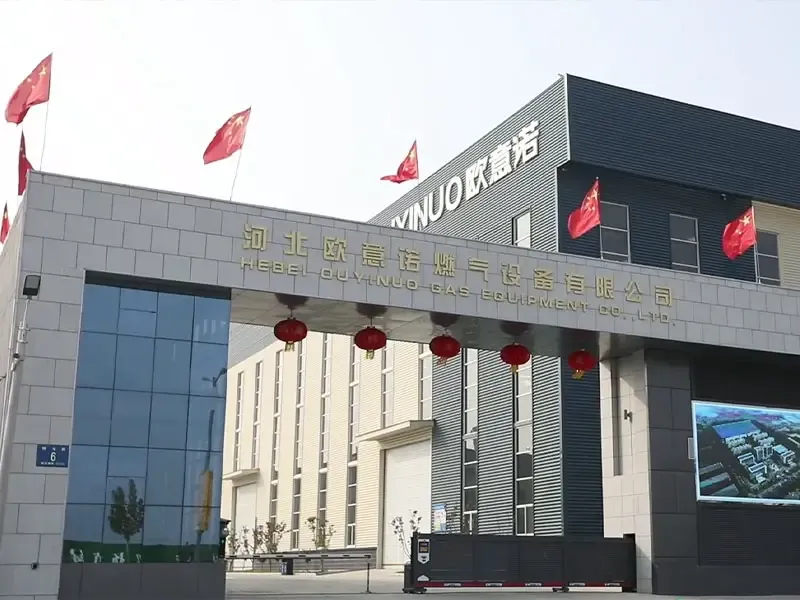
Jul . 30, 2024 16:18
Back to list
Understanding the Importance and Functionality of Gas Safety Relief Valves in Industrial Applications
Understanding Gas Safety Relief Valves Importance and Functionality
In various industrial applications, the management of gas pressure is crucial for maintaining safety and operational efficiency. One critical component in achieving this is the gas safety relief valve. This device plays an essential role in preventing overpressure situations that could lead to catastrophic failures or hazardous incidents. Understanding its function, importance, and maintenance is vital for anyone involved in industries that utilize gases.
What is a Gas Safety Relief Valve?
A gas safety relief valve is a pressure relief device that automatically releases gas when the pressure within a system exceeds a predetermined level. This valve is designed to protect pipelines, vessels, and other storage units from the dangers associated with excessive pressure. Often made from materials that can withstand corrosive environments, these valves come equipped with various features to ensure optimal safety and reliability.
How Does It Work?
The primary function of a gas safety relief valve is to maintain safe pressure levels within a system
. When the pressure rises above the set limit, the valve opens, allowing gas to escape until the pressure drops back to a safe level. This process happens quickly and automatically, preventing potential disasters such as explosions or system ruptures.There are different types of relief valves — spring-loaded, pilot-operated, and balanced bellows valves, among others. Each type operates on the principle of balancing the force exerted by the gas pressure and the resistance provided by a spring or other mechanism. This ensures that the valve functions precisely at its set pressure, providing reliable protection.
Importance of Gas Safety Relief Valves
1. Preventing Overpressure Situations The primary importance of gas safety relief valves lies in their ability to prevent dangerous overpressure scenarios. In systems that transport or store gases, uncontrolled pressure build-up can lead to equipment failure, property damage, and threats to human life.
2. Regulatory Compliance Many industries are subject to strict regulations regarding pressure safety. The use of gas safety relief valves ensures compliance with these regulations, helping companies avoid fines and legal issues.
gas safety relief valve

3. Operational Efficiency By maintaining optimal pressure levels, these valves contribute to the overall efficiency of gas systems. They allow processes to run smoothly without interruptions caused by pressure anomalies.
4. System Longevity Properly functioning safety relief valves can also extend the lifespan of gas handling systems. By preventing excessive stress on equipment, these valves help to reduce wear and tear, which can lead to costly repairs or replacements.
Maintenance and Best Practices
To ensure that gas safety relief valves function effectively, regular maintenance is essential. Here are some best practices
- Routine Inspections Conduct regular inspections to check for leaks, rust, or wear on the valve components. Visual inspections can help identify issues before they lead to failure.
- Testing Functionality Periodically test the valve to ensure that it opens and closes correctly at the designated pressure. This can involve applying pressure to verify performance.
- Clean and Lubricate Keeping the valve clean and lubricated can prevent malfunctions caused by debris or corrosion.
- Documentation and Records Maintain accurate records of inspections, tests, and maintenance activities. This documentation can be invaluable during audits and in ensuring compliance with regulations.
Conclusion
Gas safety relief valves are indispensable in protecting systems that handle gas from potentially hazardous pressure situations. Understanding their function, ensuring regular maintenance, and adhering to safety standards are crucial in safeguarding both personnel and infrastructure. By prioritizing the effectiveness of these valves, industries can continue to operate safely and efficiently in their respective fields.
Latest news
-
Safety Valve Spring-Loaded Design Overpressure ProtectionNewsJul.25,2025
-
Precision Voltage Regulator AC5 Accuracy Grade PerformanceNewsJul.25,2025
-
Natural Gas Pressure Regulating Skid Industrial Pipeline ApplicationsNewsJul.25,2025
-
Natural Gas Filter Stainless Steel Mesh Element DesignNewsJul.25,2025
-
Gas Pressure Regulator Valve Direct-Acting Spring-Loaded DesignNewsJul.25,2025
-
Decompression Equipment Multi-Stage Heat Exchange System DesignNewsJul.25,2025

